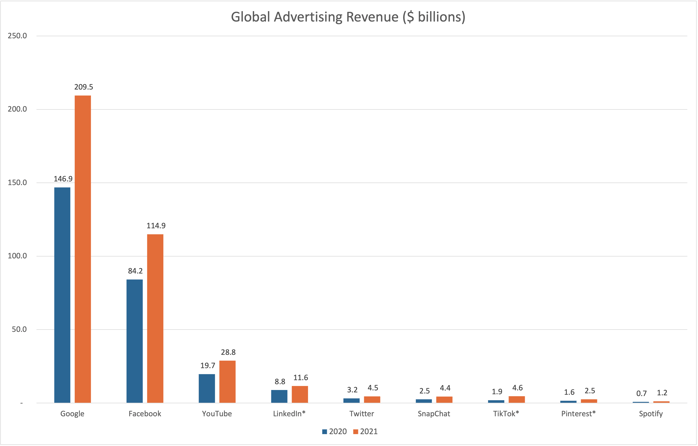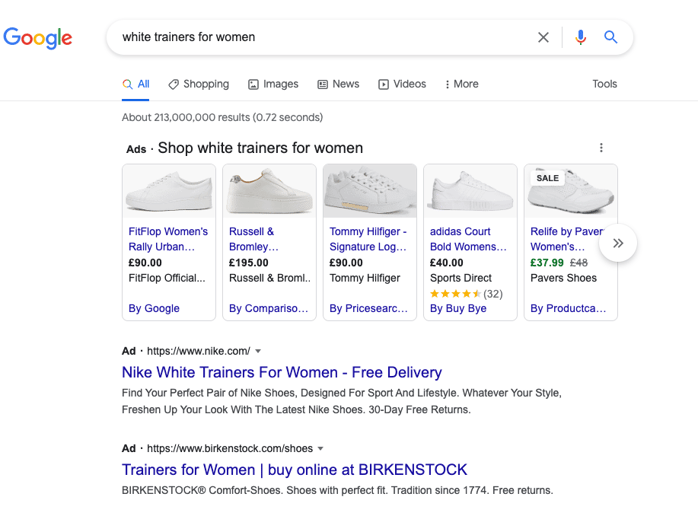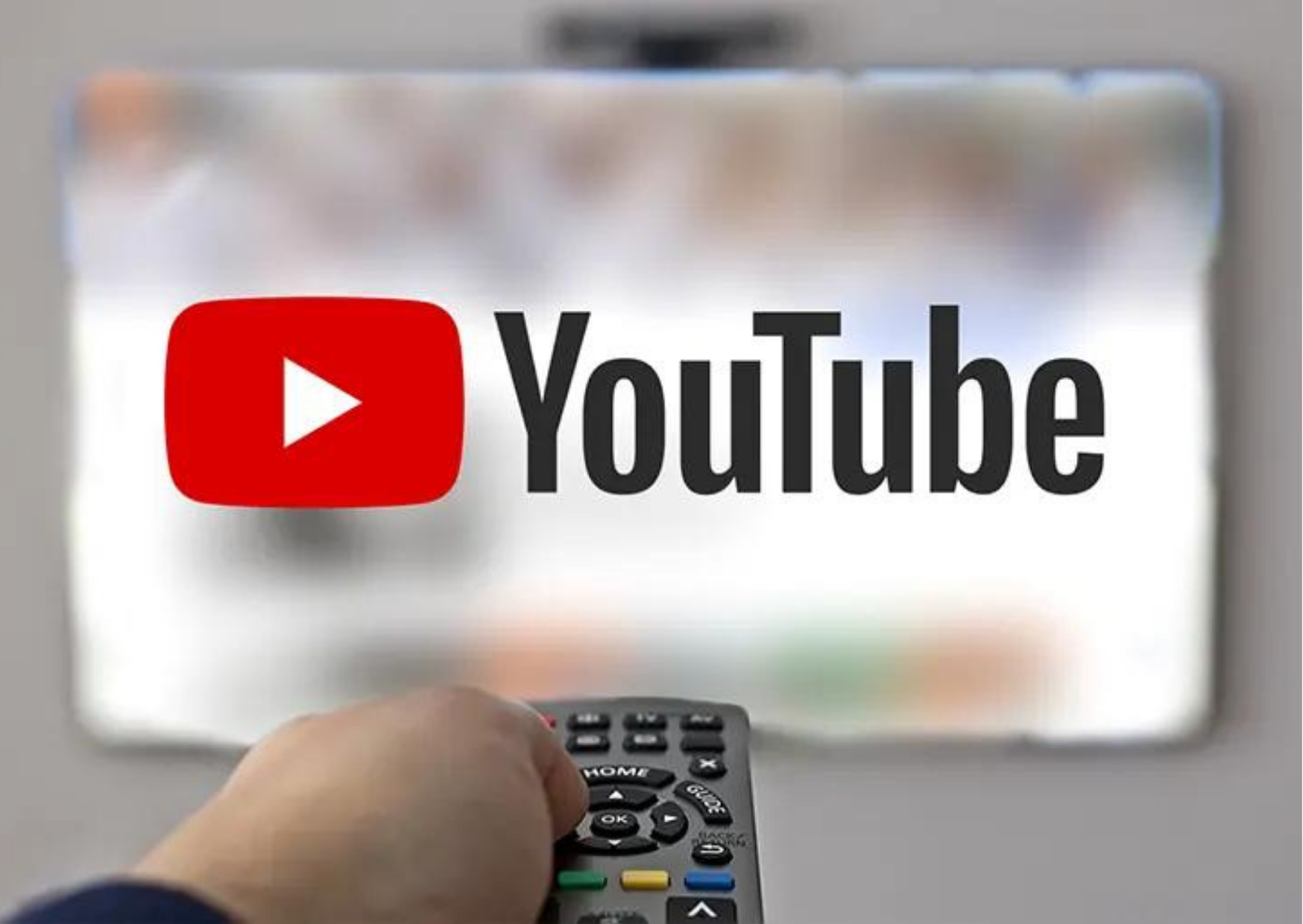So, what is biddable media? Let’s start with definitions. Just so we can clear up any uncertainty over its meaning. Biddable media is media that is bought in real-time bidding via a live auction. For example, via Google Ads or Microsoft Advertising. It focuses on targeting the right user at the right time with the right message. Every advertiser in each auction is battling over the right for that valuable impression or the opportunity to get the attention of the potential customer or client.
The fundamentals of marketing are the same, so no change there. What has changed are the tools today’s marketers have at their disposal to reach people. Before the digital revolution, advertising was bought in advance. Think TV, radio and newspaper ads. It’s how many famous brands were built, by reaching mass audiences through a limited number of channels.
Today, in addition to the traditional forms of advertising mentioned above, we now have paid search, programmatic display (display ads on other websites), paid social as well as video and TV, both domestic and digital out of home.
The Biddable Media Market In 2022
Google and Facebook (Meta) are perhaps the two most well-known biddable platforms whose phenomenal growth was generated through advertising revenue. They removed the need for an intermediary to place ads, which was the standard industry case pre-digital. Today the small business on the high street selling handmade dolls can go online and instantly start advertising their goods globally without the need to go via an intermediary.

(Source: Statista & BusinessofApps)
Google, then Meta, paved the way for newer platforms, using the same advertising model, to generate revenue through ad placements. Snapchat, TikTok, Twitter, Pinterest, eBay, Amazon and Quora, to name a few, all have an ad inventory available to purchase too. So, getting in front of your prospective clients has never, in theory, been easier. However, access to biddable media comes with a steep and costly learning curve as well as intense competition. While the tools offer the access you need, it requires skill, careful research and an understanding of how biddable media works to leverage the tools to deliver results.
How Biddable Media Works
Biddable media works like a traditional auction platform. We all understand how eBay, a property auction or the famous auction house like Sotheby’s work. If you want the eBay item, your dream home or Picasso to hang in your dining room, you bid until the highest bidder wins. Digital auctions work in much the same way.
If you are looking for quick results, want to be at the top of the search results and don’t have time to wait for your SEO strategy to come to fruition, then you can bid via Google Ads. By bidding on the advertising space that Google makes available in its search results and elsewhere, you can, potentially, claim the top spot above all the organic results and so increase the volume of high-quality traffic landing on your website.

You won’t be the only bidder though. Your competitors are probably bidding too. If you are outbid or your quality score is not as high as others, you may only appear in the second, third or even fourth position or at the bottom of the page. In addition, the more competitive the field, the more you can expect to pay per bid. Keywords related to the legal industry, for example, can cost hundreds of pounds per click.
Unlike traditional media, with biddable media, it is also possible to gather real-time data tracking. This allows insight into which of your campaigns are performing well and which are not. This feedback loop ensures on-going optimisations can be made to improve performance over the long term.
The Impact of COVID-19 On Biddable Media
The events of the last two years have brought biddable media sharply into focus. When Covid hit early in 2020 and the first lockdown happened, many companies didn’t have a Plan B. Not being able to get new clients via trade shows, face to face sales, or being able to sell products in stores, they turned to digital to survive. New online stores appeared overnight. Virtual meetings and consultations sprung up along with webinars and events and even established online businesses like Amazon and leading supermarkets enjoyed a boom in sales.
Since then, that digital shift has remained in place, with companies doubling down on their digital strategy to make the most of this change in both B2B and B2C online behaviours. For many organisations, digital is now a core part of their revenue generation model, contributing vitally to their bottom line. The result is that we have seen increased cost and competition in the biddable media market. Businesses are having to look for more creative and effective means to gain visibility and to make the most of their biddable media budgets.
Pay Per Click Platforms
With 90% of the search market, Google generates billions of dollars of advertising revenue every year. It also generates a lot more for those companies using it. Bing, owned by Microsoft, has a 5-10% search engine share and features an ad inventory similar to Google’s.
Cornering the market, Google’s YouTube is the second largest search engine and ad revenue has increased exponentially as video becomes easier and quicker to produce.

While Google and Bing started off as keyword-based advertisers, biddable media platforms are evolving at such a pace it is inevitable that keyword targeting will be slowly phased out and replaced with other forms of targeting, such as psychographic targeting, i.e. using user demographics and behaviours to target them with advertising, as Meta currently does.
For Google to follow suit will be one of the biggest changes in Google Ads' history. Google’s new Performance Max feature may be a sign of things to come, as it relies on a greater level of machine learning and AI involvement than ever before. This does not mean you can ‘set and forget’ your Google campaigns while handing Google your credit card details. On the contrary, to gain an advantage over your competition, you will need to optimise your campaigns, upload your first-party data and continually test, create and feed it new content.
After Google, other social media platforms saw the opportunity and sought to monetise their platforms by offering advertising. Unlike keyword targeting, platforms like Facebook (Meta) and LinkedIn allow you to target people based on demographics, interests, behaviours, & activities. Meta in particular was ideally positioned to become an advertising platform, given the huge amount of data it collects on its 2.9 billion users.
However, over the last few years there has been a push back against tech companies harvesting data. The launch of GDPR in 2018, Apple’s IOS 14.5 update in 2021 and Google looking at life beyond cookies with their FLOC and TOPICs alternatives, are all a sign of things to come.
With the rapid changes being rolled out, it’s more important than ever to stay on top and ahead of all the developments to ensure your business does not fall foul of biddable media evolutions or get left behind.
The Growth of Biddable media
According to a recently released report, spending on advertising is forecast to grow over the coming years.
As brands look to use the ever more available and targetable platforms, to extend their reach and discover new audiences on social media; online video, advanced TV and Global ad spend is forecast to expand by 5.7% in 2023 and 7.4% in 2024 to a staggering $225bn.
Most platforms have shown robust growth over the last few years.
- Facebook's 38% YoY growth and LinkedIn's 20% YoY growth, shows increasing investment in terms of advertising revenue from businesses in these channels.
- Google's advertising revenue grew by 69% whilst YouTube grew by 84% showing a growing interest in video.
- Although one of the smaller revenue generators, SnapChat advertising revenue grew by an impressive 47%.
Over the last 20 years, digital ad spend has grown at a rapid rate and shows no sign of slowing down. The new platforms’ large user bases provide the opportunity for advertisers to spend money seeking out their target audiences.
How Biddable Media is Predicted to Evolve
It seems like not a day goes by without a platform introducing a new feature. These features provide more opportunities to reach ever more specific audiences more effectively. Whether it’s TikTok offering three-minute as well as one-minute videos, Instagram introducing ‘reels’, YouTube ‘shorts’, LinkedIn ‘creator mode’, Twitter ‘spaces’, Meta ‘groups’, ‘live’ and ‘audio room’, there are more ways than ever to engage and connect with your target audiences.
Recent data shows the average user spends 27.3 hours on TikTok per month. That statistic alone makes it clear that advertisers should have a presence on platforms that their audiences inhabit online. Posting occasionally is not a strategy. Having a well-planned and executed strategy, using multiple touch points and a smooth user journey through to conversion, is key to navigating the digital terrain. Video, content, paid search, etc., all work together to help you towards your goals. Many social platforms also provide opportunities to sell to consumers in-app now too, so users don’t even have to leave the platform to buy, which is termed Social Commerce.

As technology provides insights into sales journeys, there can be hundreds of touch points along the way. All moving your potential client towards your goal. Attribution is shared along numerous points with each one taking a share of the credit.
The Tweet, video view, LinkedIn report or webinar, blog content, remarketing ad, organic search, and paid ad all assist in the journey.
With so much data being generated, drawing actionable insights from it is paramount. Knowing your own business data, such as cost per acquisition, long term customer value and other KPIs, can be used to inform decision-making both internally and within the paid platforms.
In a world where automation is used to inform and direct each online decision, working alongside the automation and not against it will give you the competitive advantage. Leveraging biddable media successfully still requires a human touch, though. For example, Google is using more AI and machine learning to run its platforms. But leaving it to Google to run your account could be costly. There are still many things humans are better at doing than machines, and naturally Google’s main objective is to generate revenue for themselves, not necessarily for you!
How To Make The Most of Your Biddable Media Budget
The biddable media landscape is complex and using it to drive optimum ROAS (Return on Ad Spend) and ROI (Return on Investment) is not a simple matter. Understanding how each platform works, how to interpret the data and the best way to reach each audience, as well as ensuring that traffic, once delivered to your website is converted, is key to using biddable media successfully.
Innovation Visual are biddable media experts. Our experienced and skilled team work across a wide range of platforms to deliver on our clients' biddable media objectives. Why not get in touch to find out how we can help you maximise the value of your biddable media budget to drive visibility and revenue.








